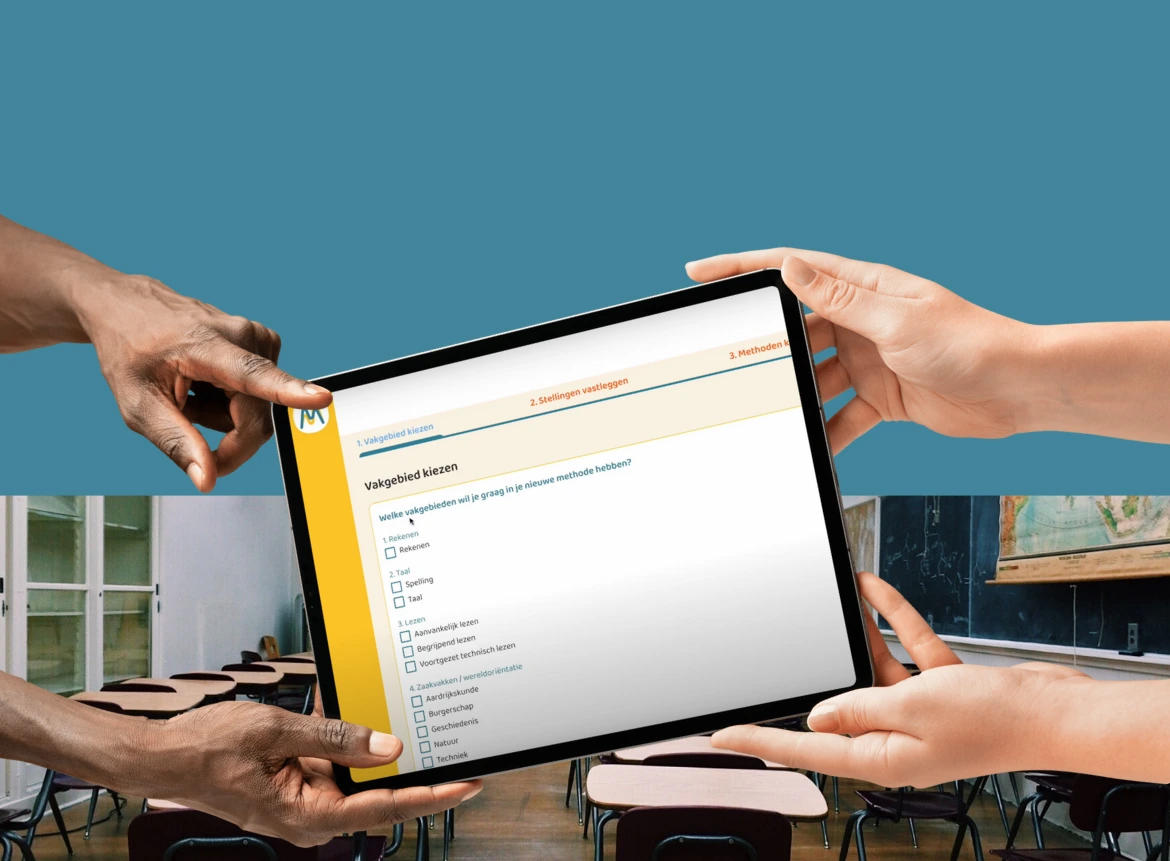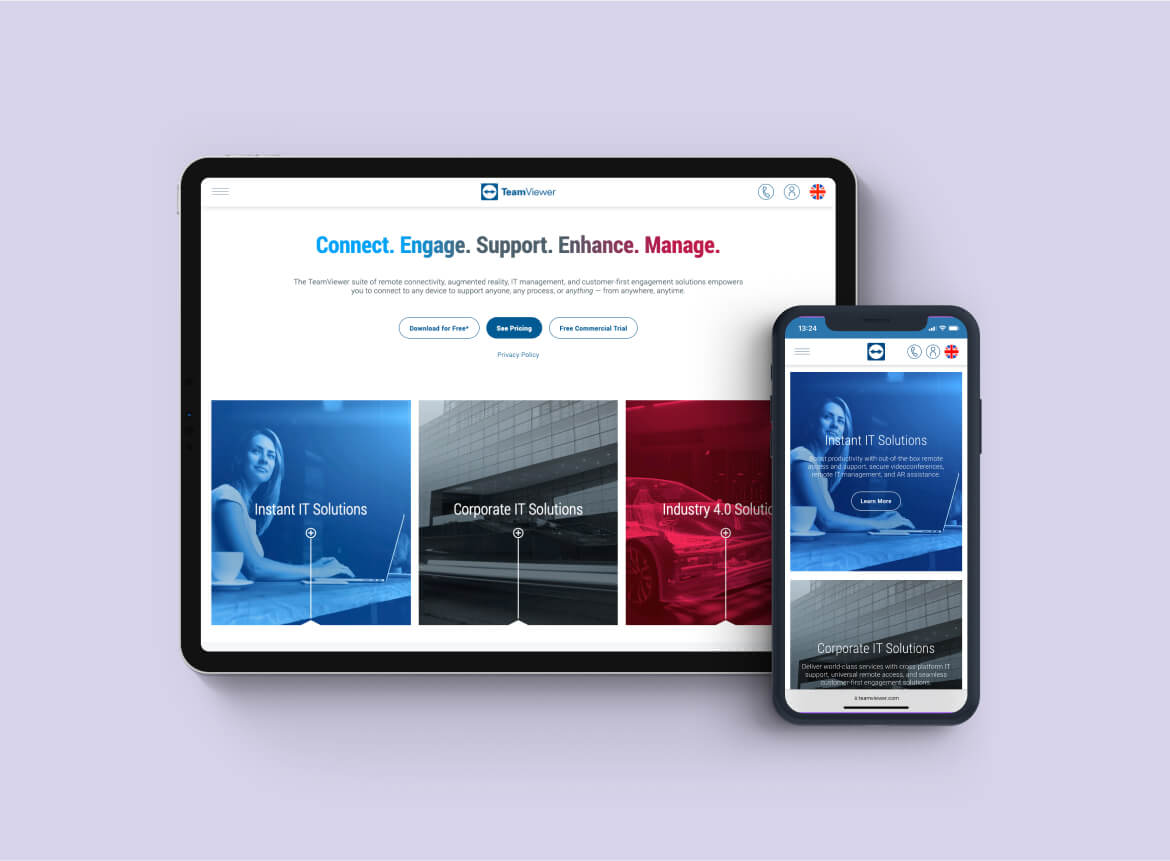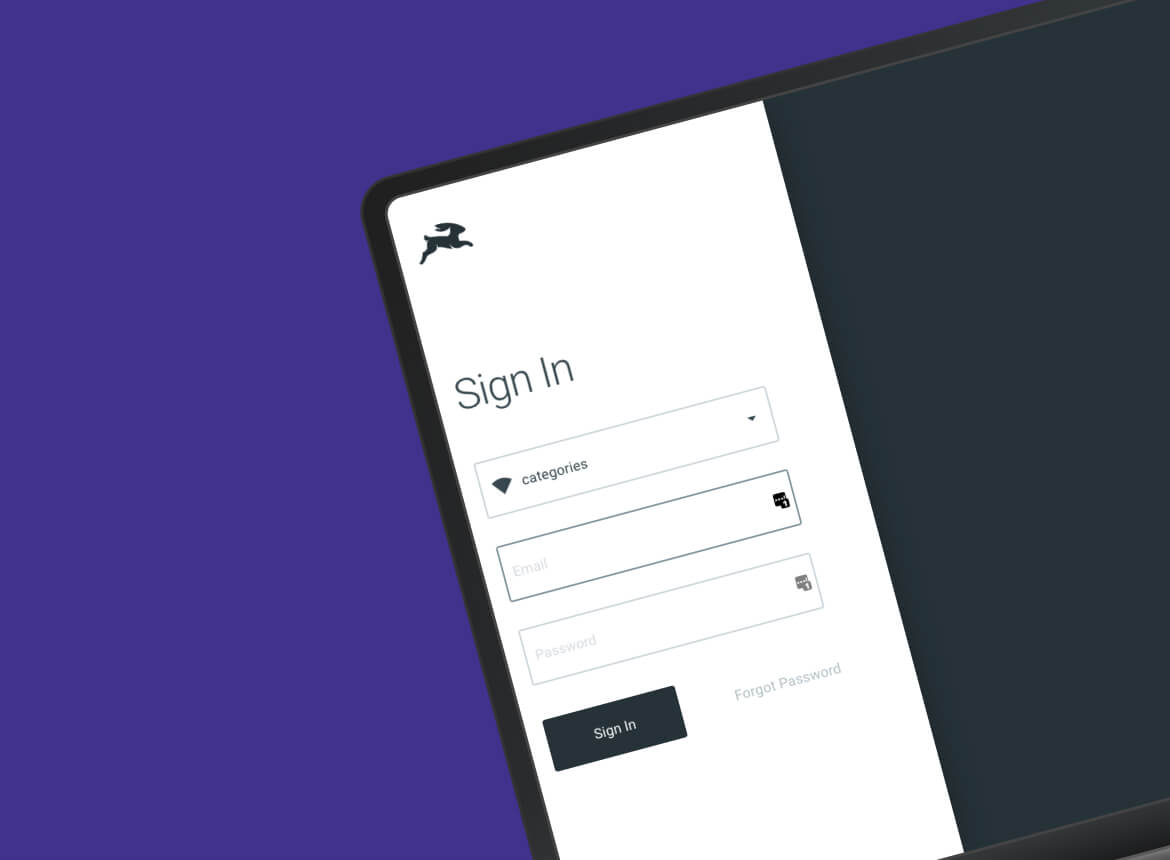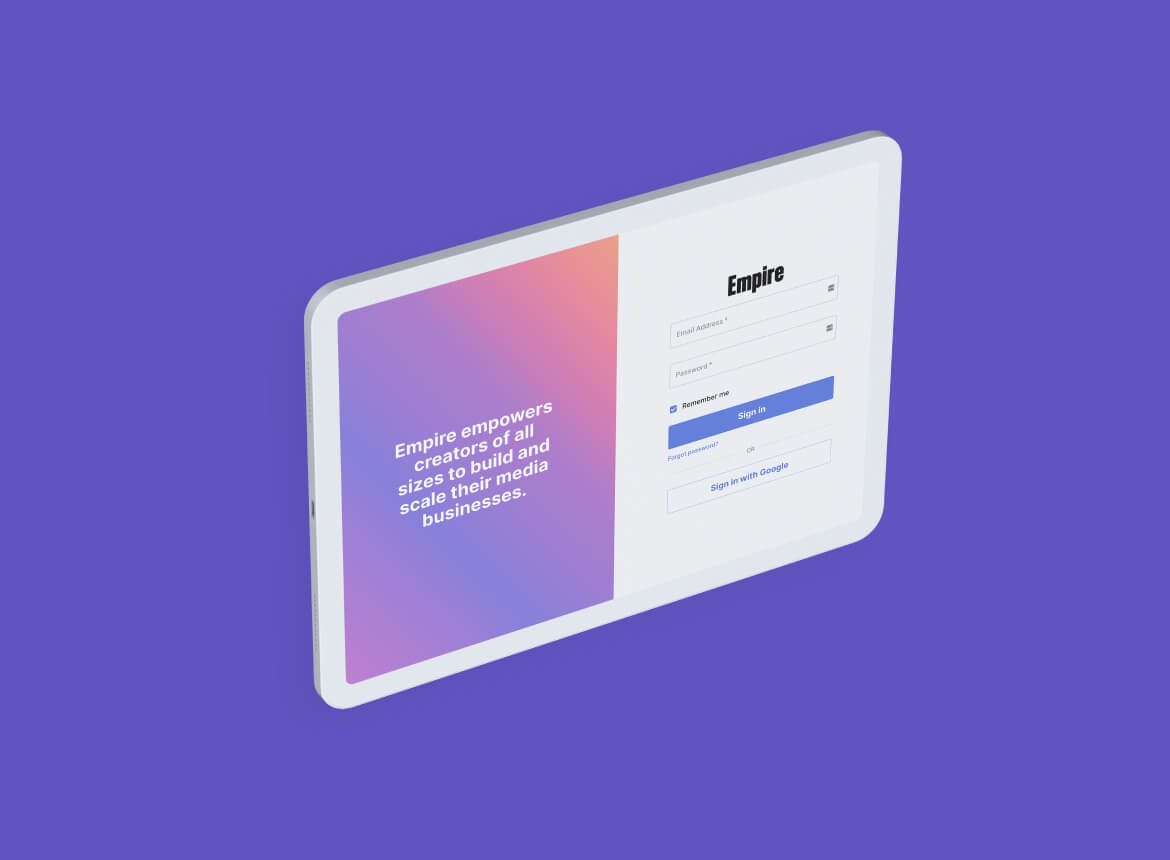Network Penetration Testing Services
Identify and Eliminate Network Security Weaknesses

As businesses increasingly migrate to cloud, remote work, and hybrid architectures, network complexity introduces hidden risks. Penetration testing exposes those risks before an attacker does.
Types of Network Penetration Tests
External Network Penetration Testing
External testing targets internet-facing assets such as:

Firewalls

VPN gateways

Web servers

Remote access tools

Cloud resources
We simulate real-world attackers attempting to breach your perimeter, gain a foothold, and potentially pivot inside your environment. This helps you assess your exposure and validate perimeter defenses.

Internal Network Penetration Testing
Internal testing simulates threats from:

Disgruntled employees

Compromised users via phishing

Infected internal devices
Our experts identify issues such as unpatched systems, weak credentials, insecure Active Directory environments, and excessive privileges. We test lateral movement, credential capture, and privilege escalation, mimicking how attackers move through your environment.

Wireless Network Penetration Testing
WiFi networks are a frequent attack vector due to:

Weak encryption protocols (e.g., WPA2 KRACK vulnerability)

Misconfigured access points

Rogue device connections

Signal “bleeding” beyond physical perimeters
We test for wireless vulnerabilities, rogue access points, and assess how far signals travel beyond your secure zones, preventing unauthorized access from nearby devices or attackers in proximity.

Network Penetration Testing Methodology
To guarantee accurate, reliable, and verifiable results, both before and after remediation, we employ a structured, repeatable methodology for network and server vulnerability assessments and penetration testing. These assessments will follow ISECOM’s Open Source Security Testing Methodology Manual (OSSTMM) v3.0. While each firm may utilize distinct tools and techniques, the core phases of our approach remain consistent and proven.

Scoping & Engagement Setup
- Define network ranges, IPs, systems, and exclusions
- Confirm testing windows and time zones
- Set communication and escalation protocols

Attack & Exploitation
- Exploit identified vulnerabilities under controlled conditions
- Simulate real-world adversarial behavior (e.g., lateral movement, privilege escalation)
- Use captured credentials or chained attacks to demonstrate data access risks

Reconnaissance & Information Gathering
- Use OSINT tools to gather intelligence
- Identify leaked credentials, exposed subdomains, hosting information
- Review DNS records, metadata, and infrastructure fingerprints

Reporting
- Executive summary for business stakeholders
- Technical deep-dive with validated findings and impact analysis
- Proof-of-concept screenshots and attack narratives
- Customized remediation steps for your environment

Enumeration & Vulnerability Discovery
- Scan all open ports (TCP/UDP)
- Identify live hosts, services, versions, and misconfigurations
- Cross-reference findings with public and private exploit databases

Remediation Testing (Optional Retest)
- Re-test previously identified vulnerabilities
- Confirm successful remediation
- Issue an updated report to demonstrate improved security posture
Manual testing by skilled professionals brings creativity, context, and depth. By chaining vulnerabilities and thinking like an attacker, manual pentesters reveal critical issues that automated tools overlook – all while avoiding the false positives and false negatives that burden security teams.
c
FAQ
A network vulnerability scan is automated and identifies known issues across your network, such as open ports or outdated software using scanning tools like Nessus, Qualys, PingCastle… A network penetration test goes further by manually exploiting vulnerabilities to assess real-world risk, uncover complex attack paths, and validate how well your defenses hold up against an actual attacker.
For external tests, no access or credentials are needed, testing is done from an outsider’s perspective.
For internal tests, we provide a secure VM that connects to our team via encrypted VPN. No domain credentials or elevated access are required, ensuring realistic, threat-based testing.
At least once per year, or more frequently after major changes, incidents, or to meet compliance requirements.
contact
Let’s discuss your cybersecurity needs with us
Drop us a line and we’re just 1 click away to make your projects ready




















